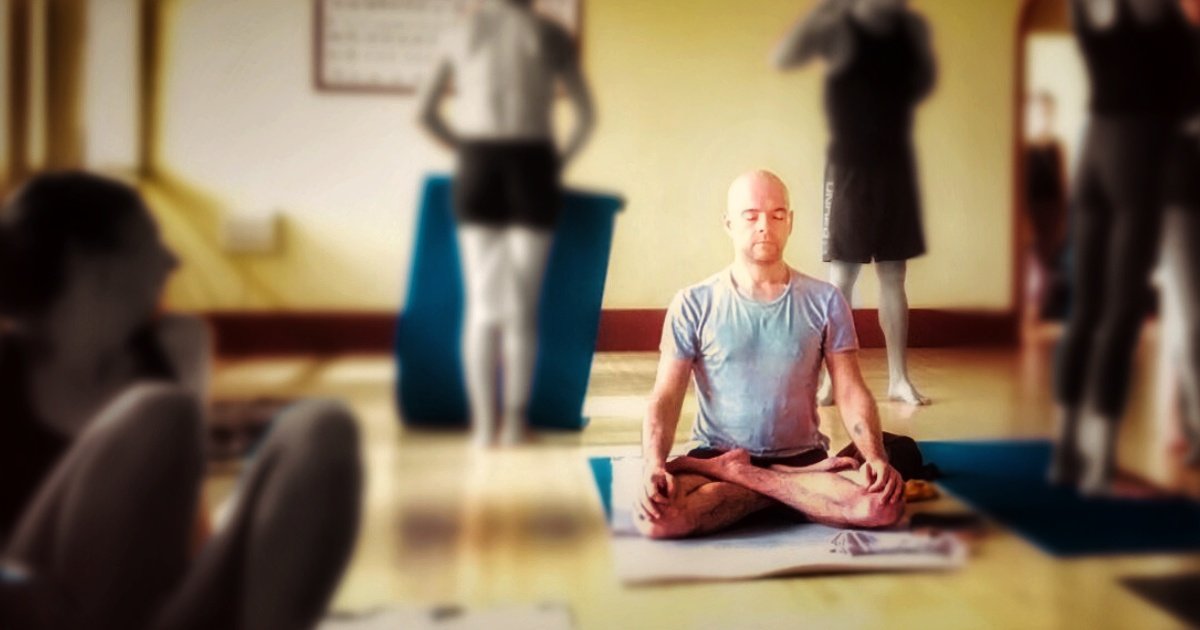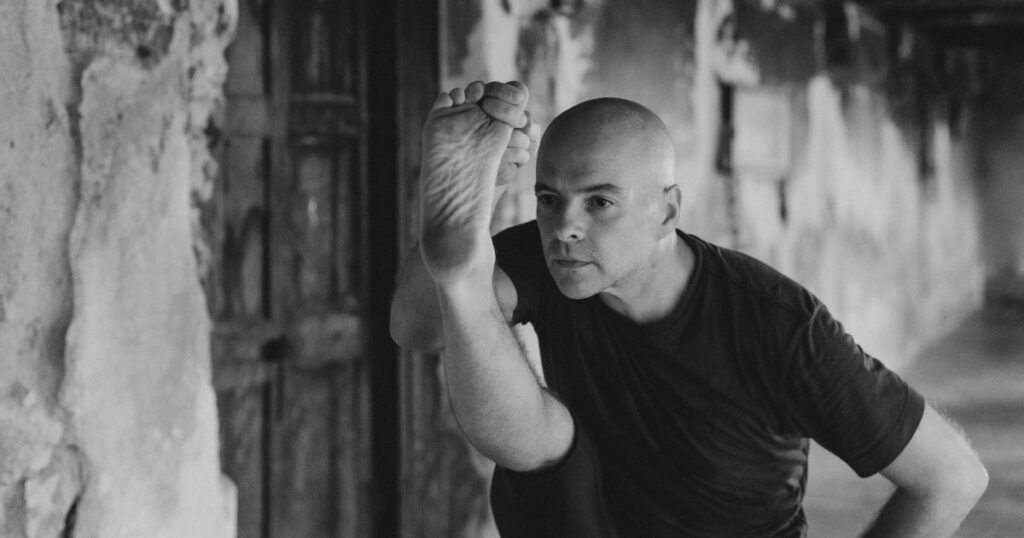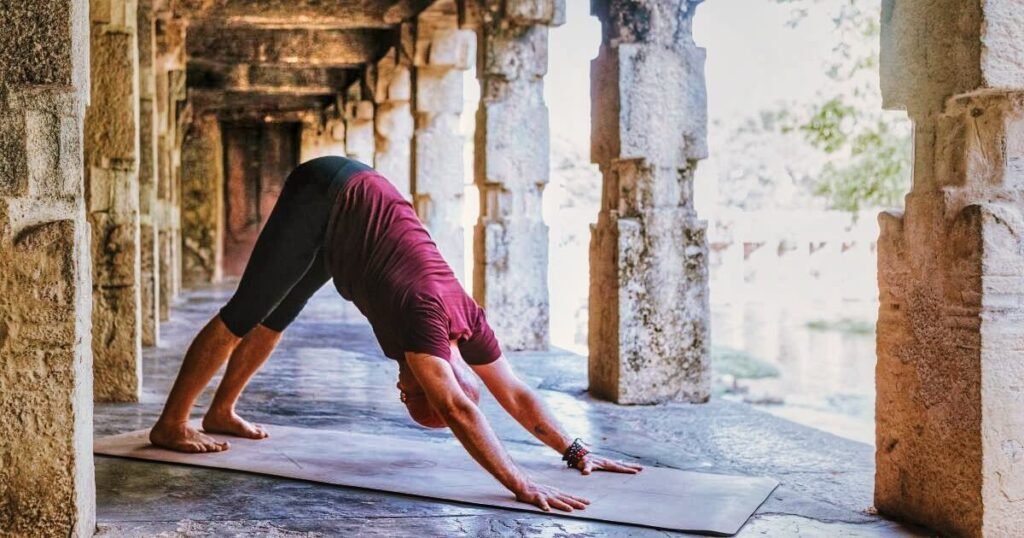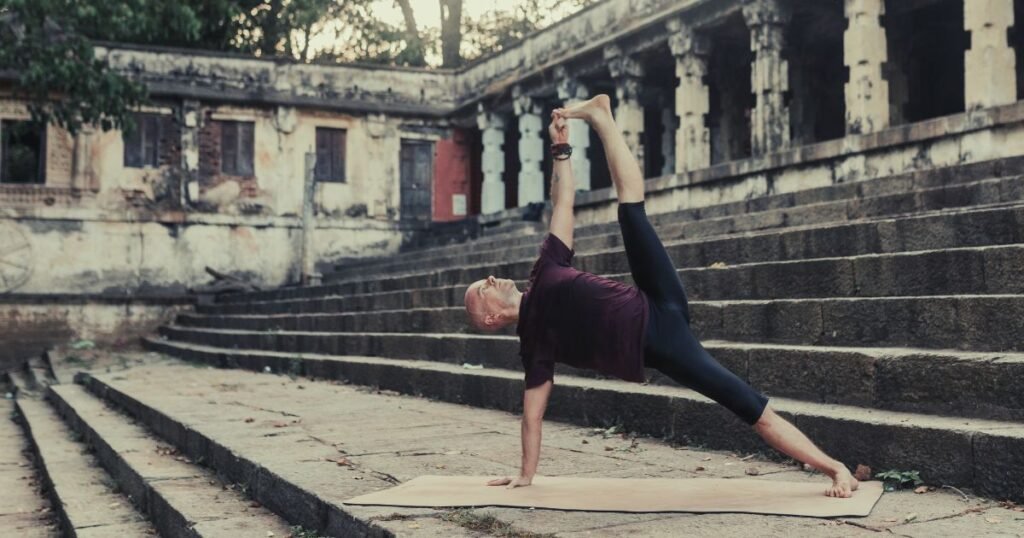Every asana is a door. Some swing wide open to the body, others open to the mind.
Each posture speaks to me in a different way. Sometimes it challenges me, other times it soothes me.
Padmāsana – Even though nothing is visible from the outside, a lot is happening. A world is moving.
The main purpose of the asana practice is to build the physical and mental stability that allows us to listen… It’s a bit like tuning a radio: each day, turning the dial of silence until we find that subtle frequency, the inner voice.
The one that speaks softly, but always tells the truth.
When I sit in padmāsana, everything slows down. I am not doing, I am simply being.
Yet it is far from simple.
It took years to reach the point where I could remain here — seated, still, listening — without the body protesting.
At first, it was a constant wave of protests from the ankles, discomfort in the knees, a back that wanted to escape. Then, one day, I understood: I didn’t have to fight the body, but listen to it with kindness, like you would listen to a dear friend complaining.
And little by little, it settled.
Padmāsana is not just a seated posture. It is a destination, where the practice of the body transforms into the practice of the soul.
But it is also a starting point, because from here, true listening begins.
When the body falls silent, the mind begins to scream. And there, right there, begins the real work. The practice evolves beyond the body, exploring deeper layers of our being, opening us to personal and spiritual growth.
Sitting in one’s centre is a simple and revolutionary act.
Every time I sit in Padmāsana, I am reminded that I can return there:
to the centre, in listening, in peace.
Om shanti, shanti, shanti
‘Find Your Inner Peace, Share Your Light With The World‘




